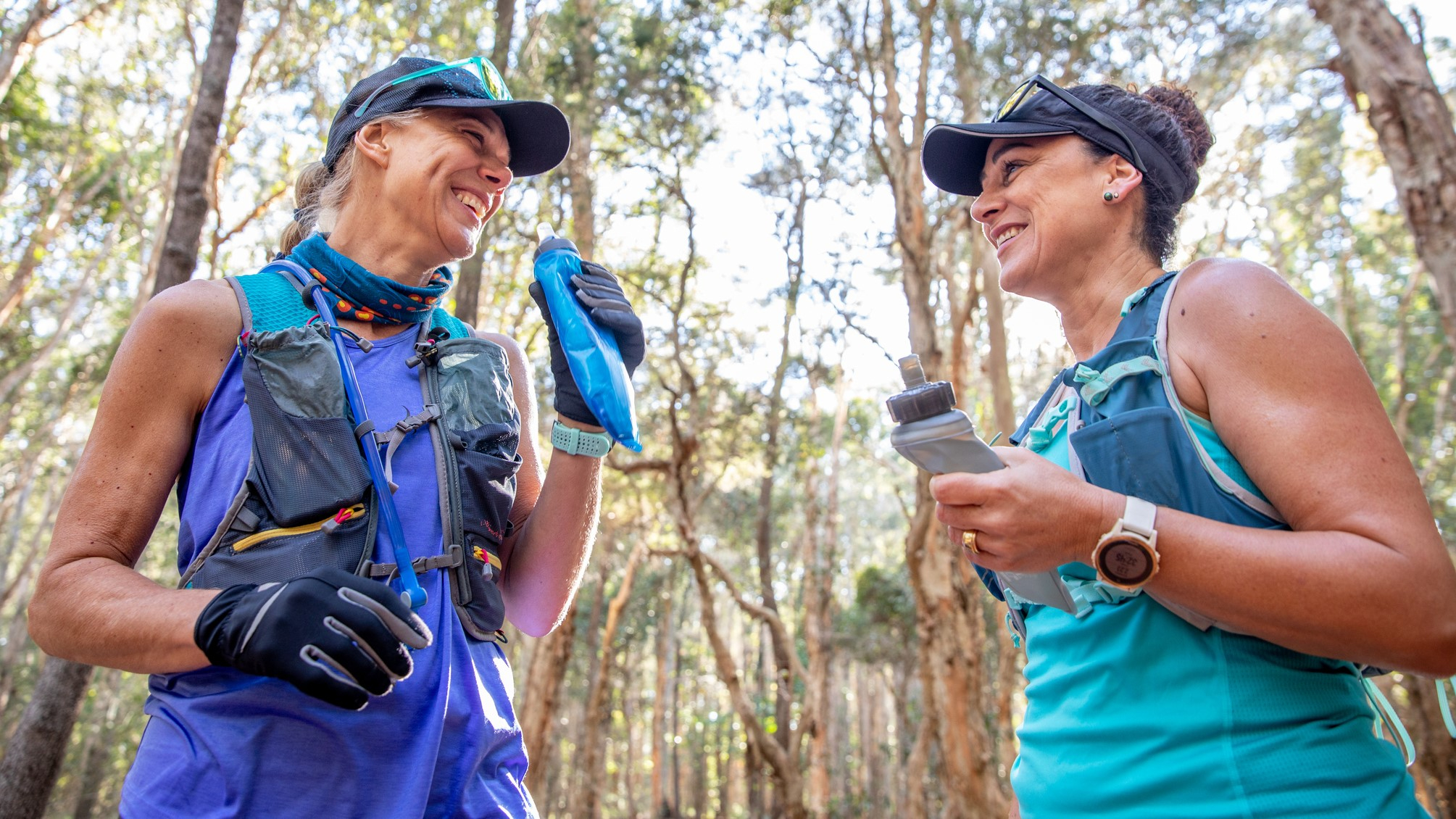If you are planning a trail run, whether it’s an hour or a multi-day adventure, there are some things to take that are a great idea – and some things that are most definitely a bad idea. Here we offer a rundown of the 15 of the worst things to take trail running. come in a range of sizes, from those with a low volume for shorter runs to packs with a much larger volume that allow runners to take all they might need for several days on the trails.
Whatever your plans, the aim is to (safely) minimise the weight of your pack. Running with a pack that is heavier than it needs to be (although you should read point 2) will slow you down – and, worse still, it will have the potential to cause rubs and sores on your shoulders, back and hips. There is a strong correlation between the joy of tail running and the lightness of your pack.

When packing your running rucksack, you should assess the conditions – warm, cold, wet or windy – and then choose your trail running kit accordingly. Could you ditch some of the water you are carrying, for example, and pick up water in fresh water streams as you run? Are there running food products that are lightweight but still offer plenty of calories? Will it be warm and dry enough to pack a lightweight instead of a winter weight jacket or simply take a . Go through your kit list and consider its weight, usefulness and also whether you will be safe if something goes wrong.
Our tip is never to ditch the items that will keep you warm, dry and s.
















